08 Mar Pain – Friend or Foe?
We’ve all experienced pain at one time or another. Most of us avoid it at all costs – but have you ever taken the time to think about what pain is?
And how it might be helping us?
Pain is influenced by many physical and emotional factors, and can even be influenced by our previous experiences. And despite what it feels like, the pain isn’t occurring where we think it is (for example, our knee).
Our pain is actually a signal from our brain.
The brain is constantly receiving and filtering information from all of the tissues in our body, at the same time as integrating our current thoughts, past experiences, and emotions. Our brain then decides whether or not to make us aware of this information.
The most effective way for the brain to get our attention is with pain.
For example, when we fall over and injure ourselves, our brain receives messages from the area we have hurt. The brain sorts through this information and compares it to our previous experiences. It will then decide how severe the injury is, and give us the message – via the sensation of pain.
Amazingly, we can also experience pain in response to a threat of an injury. We’ve all seen someone else get hurt and felttheir pain.
It’s important to understand that this pre-emptive pain, and our fear of an injury can be just as debilitating as the injury itself. Our pre-emptive pain can lead to avoidance of activity – either skipping exercise or movement altogether, or stiffening through the body to try to protect the area.
While pain is a necessary and important in preventing further injury – pre-emptive pain can keep us from moving forward with our recovery.
If you are recovering from an injury, it’s important to understand the different characteristics of pain. Experiencing some pain during your rehabilitation can be quite normal – and not necessarily an indication of damage or further injury.
For example, when you lift a new load or start a new exercise, you may feel some pain. This often simply indicates a phase of adaptation which is leading to increasing resilience of the tissues.
It’s important to understand that if you’re starting your rehabilitation exercises with a resting pain level of 1-2/10, it is acceptable (and often expected) that you may experience 4-5/10 as you begin to move again. This pain is NOT necessarily a bad thing, as long as it returns to YOUR normal within 24-48 hours (72 hours at the latest).
As you negotiate your rehabilitation and move through different levels of pain, the guidance of your treating Physiotherapist is crucial to ensure that you are promoting healing and moving safely.


Call: (02) 6674 4142